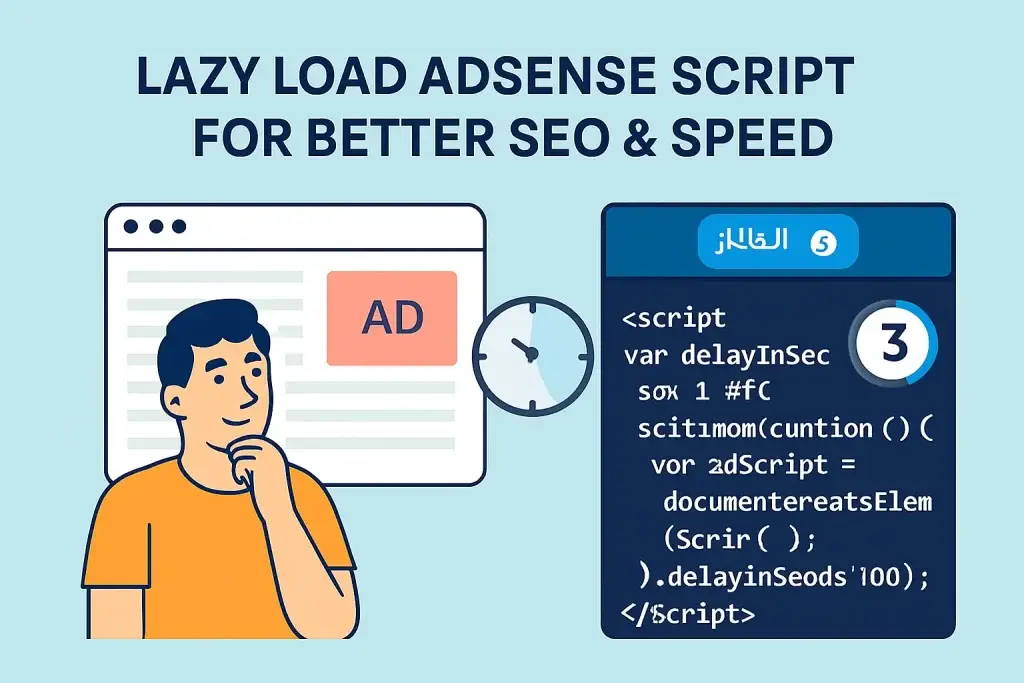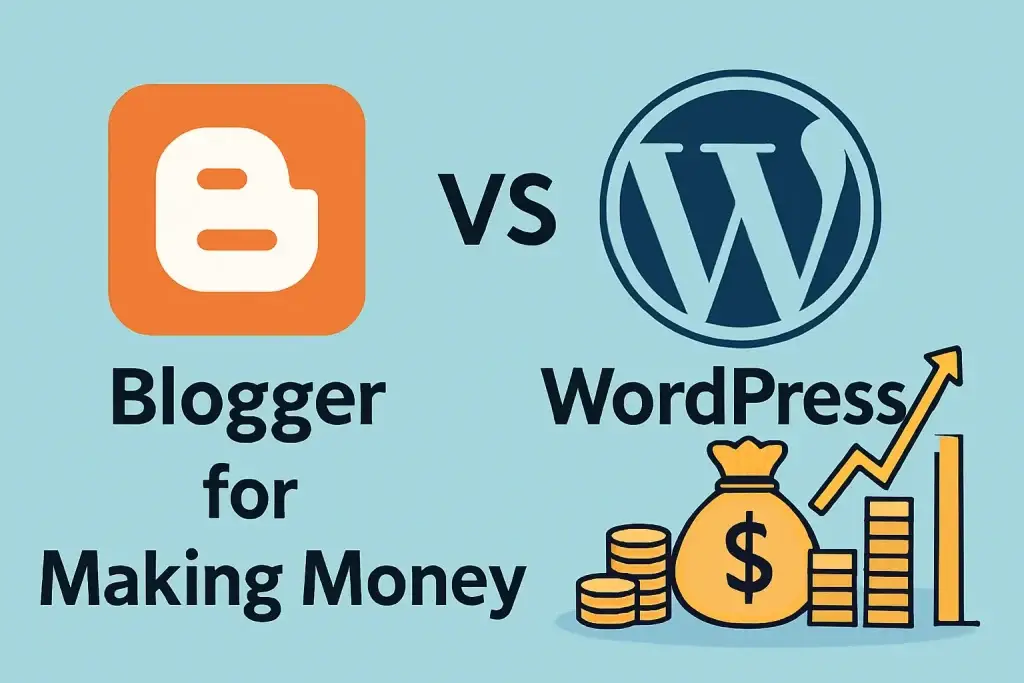A comprehensive SEO-optimized guide comparing SVG images and HTML links for web design, performance, and search engine optimization.
SVG vs HTML Links for SEO: A Complete 2026 Guide
SVG vs HTML Links for SEO
In modern web design, the debate between using SVG images and traditional HTML links is more relevant than ever.
With search engine optimization playing a critical role in online visibility, understanding the strengths and weaknesses of each approach is essential.
This comprehensive guide will explore the SEO benefits, performance implications, and accessibility considerations of both SVG and HTML links.
Understanding SVG in Web Design and SEO
Scalable Vector Graphics, or SVG, are XML-based image formats that allow for crisp, resolution-independent visuals.
They are widely used for icons, logos, and illustrations because they scale perfectly on any device without losing quality.
From an SEO perspective, SVG files can be optimized for faster loading times, which is a known ranking factor.
When used inline, SVG elements can be styled with CSS and manipulated with JavaScript, offering flexibility that raster images cannot match.
However, SVGs alone do not carry textual content that search engines can index unless they include embedded text elements.
HTML Links and Their Role in Search Engine Optimization
HTML anchor tags, commonly known as links, are the backbone of web navigation and SEO.
They connect pages, distribute link equity, and help search engines understand site structure.
Optimizing HTML links involves using descriptive anchor text, ensuring proper placement, and avoiding broken links.
Unlike SVGs, HTML links inherently contain text that search engines can read, making them a direct contributor to keyword relevance.
Properly optimized links can improve crawlability, user experience, and overall site authority.
Performance Comparison: SVG vs PNG for Responsive Websites
| Feature | SVG | PNG |
|---|---|---|
| Scalability | Infinite without quality loss | Fixed resolution, quality loss when scaled |
| File Size | Smaller for simple graphics | Larger for high-resolution images |
| SEO Impact | Indirect via performance and accessibility | Minimal, mostly performance-related |
| Styling | CSS and JavaScript compatible | Limited styling options |
Best SEO Practices for SVG Icons in Web Design
To maximize the SEO benefits of SVG icons, always use inline SVG for critical graphics.
This allows search engines to parse any embedded text and improves styling flexibility.
Compress SVG files to reduce load times, and use descriptive titles and ARIA labels for accessibility.
Ensure that SVGs are not replacing essential text content, as this could harm keyword visibility.
Combine SVG optimization with other performance techniques like lazy loading and caching.
How to Optimize HTML Links for Search Engines
Use descriptive, keyword-rich anchor text that accurately reflects the linked page’s content.
Avoid generic phrases like “click here” or “read more” as they provide no SEO value.
Ensure that all links are functional and lead to relevant, high-quality pages.
Implement internal linking strategies to distribute authority across your site.
Use external links to reputable sources to enhance credibility and trustworthiness.
Accessibility Considerations for SVG and HTML Links
Accessibility is a crucial aspect of SEO and user experience.
For SVGs, always include descriptive titles and ARIA attributes to assist screen readers.
For HTML links, ensure that anchor text is meaningful out of context.
Avoid using only icons as links without accompanying text, as this can hinder accessibility.
Test your site with accessibility tools to identify and fix potential issues.
External Resources for Further Learning
Conclusion: Choosing the Right Approach for Your SEO Strategy
Both SVG and HTML links have unique strengths that can contribute to a successful SEO strategy.
SVGs excel in delivering high-quality visuals with minimal performance impact, while HTML links provide direct keyword relevance and navigational benefits.
The best approach often involves combining both, using SVGs for icons and graphics, and HTML links for textual navigation and content connections.
By following best practices for each, you can create a visually appealing, accessible, and search-engine-friendly website.
In 2025 and beyond, the synergy between design and SEO will remain a critical factor in online success.


